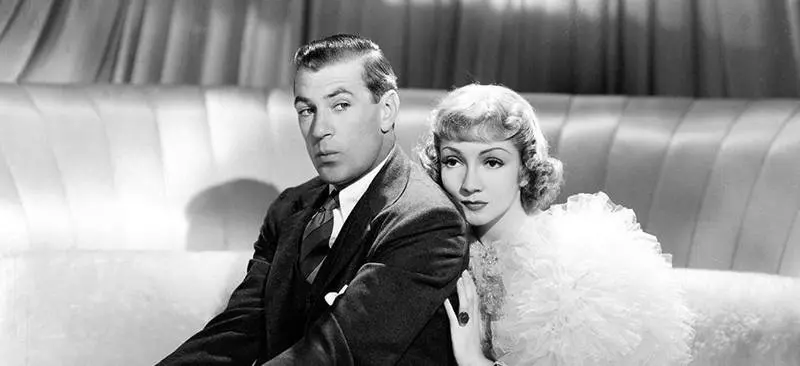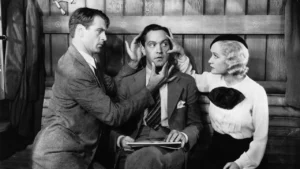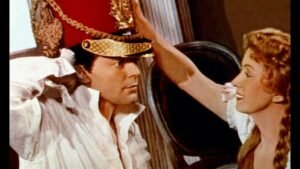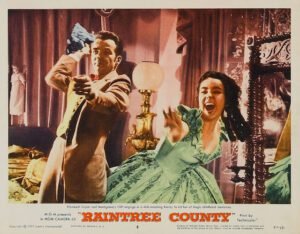Unearthing Bluebeard’s Eighth Wife: A Classic Lubitsch Comedy with Wilder’s Wit
Explore Bluebeard’s Eighth Wife (1938), a sophisticated screwball comedy by Ernst Lubitsch, written by Billy Wilder & Charles Brackett. A hidden gem.

Could a comedy scripted by Billy Wilder and Charles Brackett and directed by Ernst Lubitsch possibly be a box office flop? Despite its delightful charm, Bluebeard’s Eighth Wife was not well-received by audiences upon its release.
You might not be familiar with Charles Brackett, but he was pivotal in Billy Wilder’s career. In his autobiography, Wilder admitted he couldn’t write alone, and Charles was his first great partner. Together, they brilliantly penned screenplays for several films before Wilder decided to direct. In the late 1930s, the duo was exceptionally inspired, taking on scripts for films like Midnight (1939), a romantic comedy truly worth seeing, Ninotchka (1939), which needs no introduction, and Bluebeard’s Eighth Wife.
Bluebeard’s Eighth Wife (1938) marked the duo’s first collaboration, adapting Alfred Savoir’s play La huitième femme de Barbe-Bleue. The first screen version was released in 1923, starring Gloria Swanson in the lead role. This particular adaptation, however, had an added bonus: it was directed by Ernst Lubitsch. But first, let’s take a look at the synopsis:
The film tells the story of Michael Brandon, a millionaire who changes wives as often as he changes clothes. Nicole, however, is unaware of this when she falls for him in a clothing store: he was looking for pajama tops, and she, the bottoms. Despite their initial playful misunderstandings, the two eventually make it to the altar.
This is where things get complicated: Nicole finally learns that her husband has been married before. Seven times. Seven divorces. The young woman holds romantic ideals about marriage and will “fight” to preserve this one, determined not to be just another abandoned wife. The cat-and-mouse game drives a good portion of the plot, which features a delightful cherry on top: a supporting role by David Niven, who was just beginning his career at the time (keep an eye on his legs!), playing one of Michael’s employees.
This film was released 80 years ago. Even so, you can still observe the rapid-fire dialogue (a hallmark of the duo), which lends itself to the fast-paced, screwball comedy genre popular at the time. Upon rewatching it, I found myself laughing at the subtle insinuations and subtext, which leave much implied. This was largely due to the strict vigilance of censorship, which was highly intense during that era.
This intense scrutiny ultimately influenced a large segment of the population who, years prior, had readily accepted another film also directed by Lubitsch that dealt with polyamory: Design for Living (1933), which has been discussed on this site before.
Now, more puritanical than ever, audiences weren’t too keen on Gary Cooper playing an unstable man who had been married seven times. And mind you, he was wonderfully paired with French star Claudette Colbert, a major box office draw. These were issues related to puritanism and censorship that would only begin to loosen their grip two decades later.
I must point out that Bluebeard’s Eighth Wife doesn’t feel as fresh as Design for Living, from the same director. It features some outdated situations, but nothing unexpected for a film of its era. I truly believe that good solutions were found for the sexist issues presented throughout the story. Colbert’s character is a woman who doesn’t easily yield and, in a way, demonstrates her worth as a person, even if it means pretending to cheat on her husband. These are the touches of Billy Wilder, with that unmistakable Lubitsch elegance.



